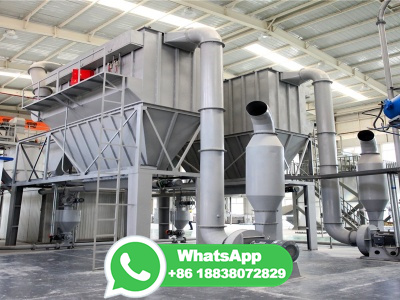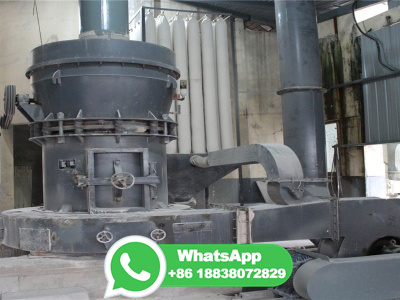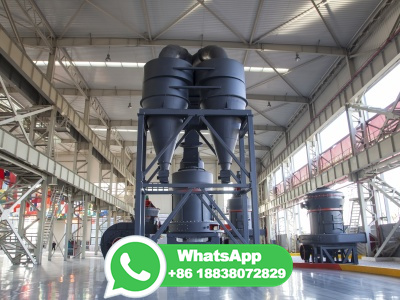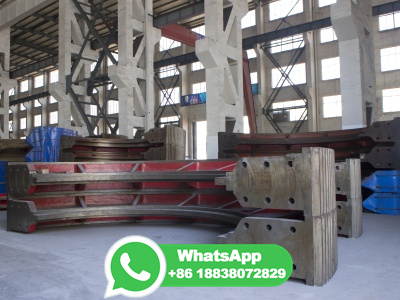A specific energybased size reduction model for batch grinding ball mill
A fullscale threecompartment FL® cement grinding ball mill with dimensions of Ø × L10 operating in open circuit was sampled to analyse the grinding media effect on specific breakage rate function of particles. Size reduction performance of the ball mill was evaluated with respect to the applied grinding media size.






























